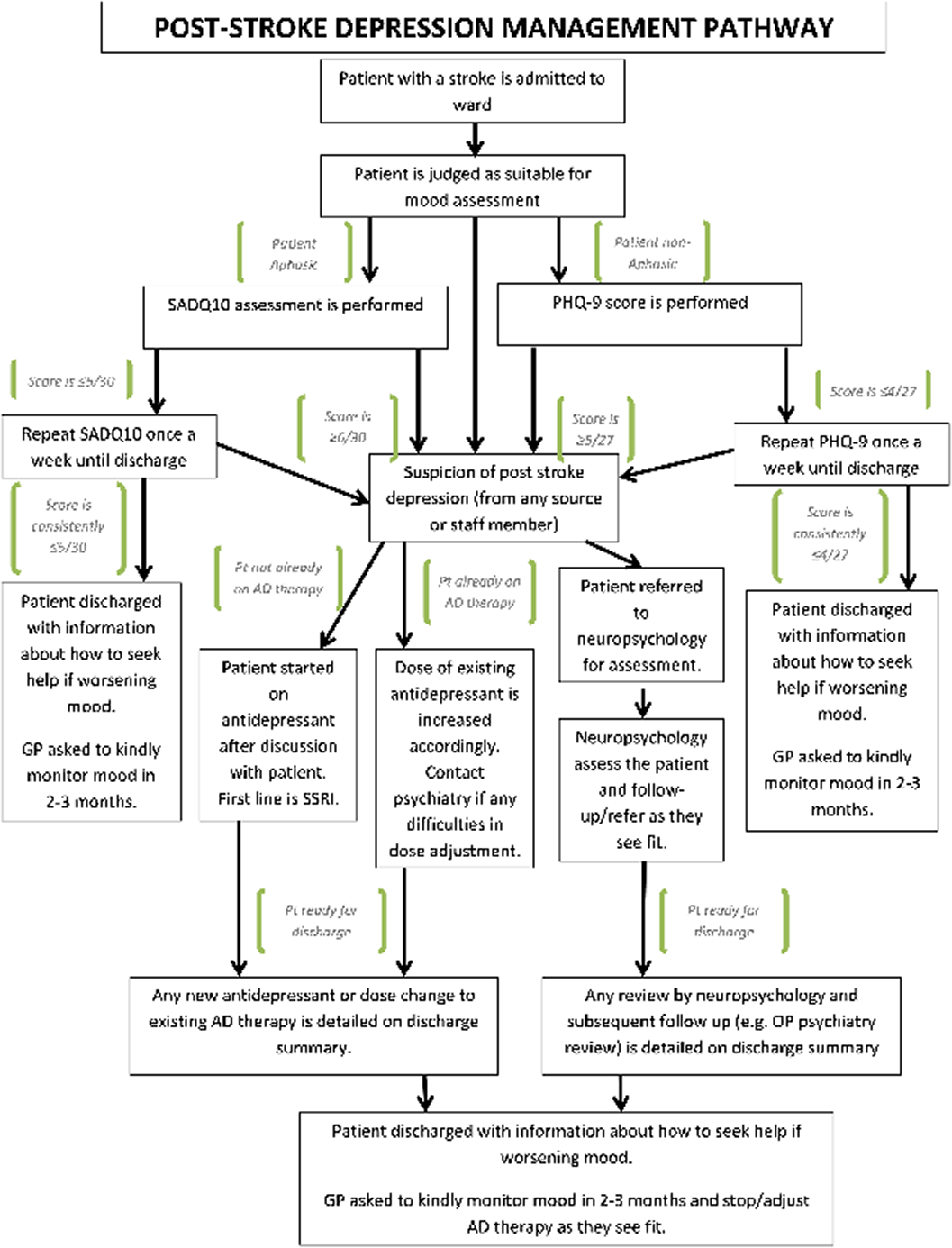Introduction: Cardiotoxicants poisonings are rare but have the potential to be highly lethal. Given the precarious nature of these poisonings, the Quebec Poison Control Center (CAPQ) has established a management protocol for optimal treatment. This study seeks to evaluate whether CAPQ's Calcium Channel Blocker (CCB) poisoning management protocol improves treatment delivery by physicians using simulation. The primary outcome is whether the management protocol decreases time to delivery of calcium and insulin. The secondary outcome is whether use of the management protocol increases appropriate dosing. Methods: For this randomized AB / BA crossover trial, Emergency Medicine and Internal Medicine residents were randomly assigned to one of two groups; one group received the management protocol during the simulation and the other did not. The crossover occurred 3-months later whereby the groups were reversed. Inverse probability weighting was used to compensate for losses at follow-up. Differences in baseline characteristics, as well as carry-over effect, were evaluated. The outcomes were analyzed with a two-level hierarchical model. Results: Twenty-three residents were included in the study. No significant differences in baseline characteristics were noted between the AB / BA groups, and no carry-over effect was identified on statistical analysis for all variables. As for the primary outcomes, time to administration of IV calcium decreased by 87 seconds (CI -266 to 92), time to insulin bolus decreased by 52 seconds (-217 to 114), and time to insulin infusion decreased by 115 seconds (-213 to -18) when the protocol was used. As for the secondary outcomes, there were no statistically significant differences for the percentage of adequate doses of IV calcium (RR: 1.27; 95% CI: 0.80–2.02), insulin bolus (RR: 1.30; 95% CI: 0.80–2.12) and insulin infusion (RR: 1.37; 95% CI: 0.99–1.91). Conclusion: This randomized cross-over study, which uses simulation to evaluate the performance of CAPQ's CCB poisoning management protocol, does not statistically demonstrate decreased time to administration or increased accuracy of dosing, due to the large confidence intervals. Unfortunately, we were not able to obtain the planned sample size due to limited participation. However, our results trend towards more optimal dosing and rapid dosing of treatments, and from a qualitative standpoint, the protocol appeared to increase the structure of patient care.


